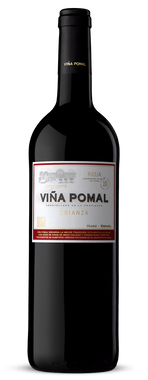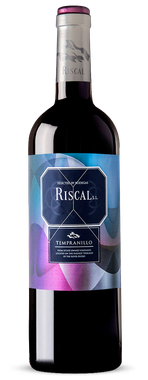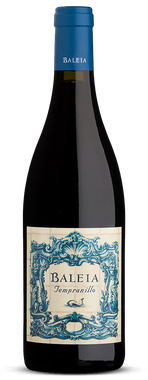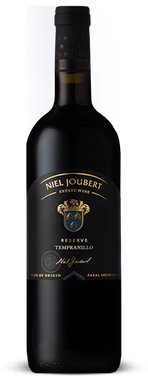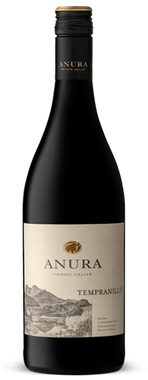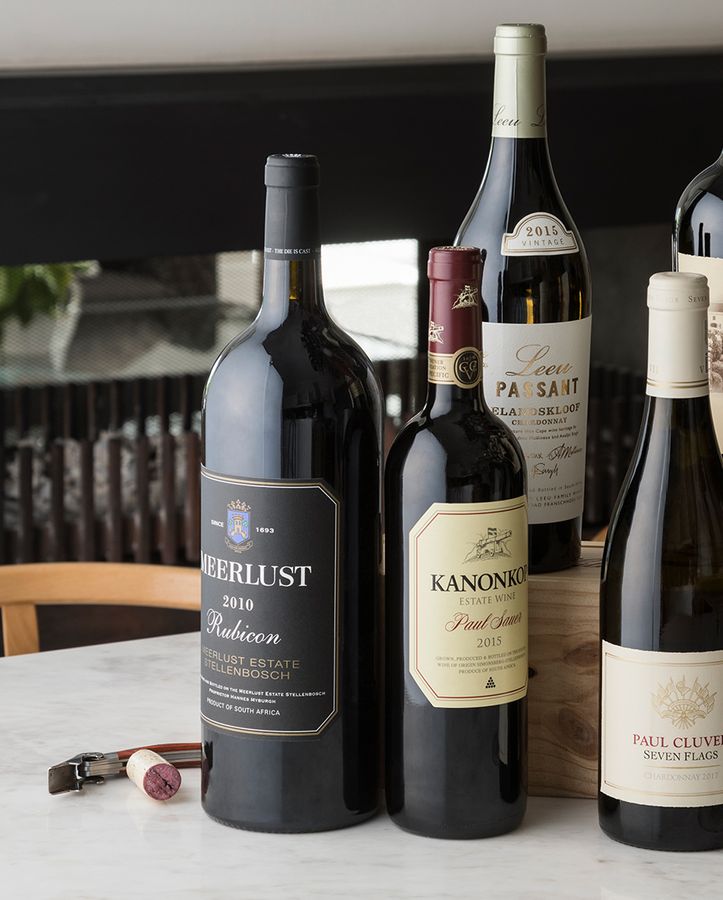But it was only once he left the security of the band that his most intricate compositions emerged. Something he may well share with the cultivar Tempranillo.
As of 2021, Tempranillo was the third most planted cultivar in the world. Its most famous wines are those of Rioja in North Central Spain, where it has been grown and vinified for at least 1400 years! And while the history of this region is fascinating to study, it's the modern seismic shifts in both plantings and winemaking styles that make Tempranillo wines worth exploring in 2022 - not just from Spain but the New World, as well.
The Status Quo
For the longest time, Tempranillo was associated almost exclusively with the demarcated DOCa region of Rioja, even though it’s grown right across most of Spain. Rioja was the first region to achieve DO status in 1925 and the first region to achieve Spain's highest level of quality assurance; the Denominación de Origen Calificada (DOCa) in 1991.
For most of this time, the wines of Rioja had very stringent winemaking laws in place, which ensured comprehensive barrel ageing in rather extroverted American oak. A Rioja Gran Reserva could be aged for as long as 24 months in oak (with another three years in bottle). The result of these stylistic restrictions meant that - like Christopher Reeve in the 80s - Tempranillo's public image was almost entirely tied up with what it wore rather than who it was. A descriptor of a classic Rioja would be considered incomplete without prominent mentions of elements like cinnamon, vanilla, clove, cedar, and tobacco – even on the lighter Crianza styles. Of course, there are fruit elements mentioned (raspberry, red cherry, black cherry, cranberry), but in the past, examples that forefronted the cultivar's more primary characteristics were - by definition - inferior wines. But winemakers in Rioja and neighbouring regions are beginning to prize pure wines far above their desire for the commercial security provided by the Spanish DO system. And the world is a better place for it.
The Revolution
In Rioja and neighbouring Ribero del Duero, producers have been railing against the DO restrictions and their dependence on oak. Winemakers brave enough to cast off the DOCa restraints (and prestige) have begun delivering wines that are increasingly fruit-focussed, and gloriously elegant. Where previously, many of the most lauded examples of Rioja were the result of blending components from across Rioja's sub-region. There is now a new wave of producers making some spectacular single-vineyard or site-specific wines, showcasing the spirit of the grape and the effects of setting rather than oak treatment.
At the same time, Tempranillo plantings have seen spectacular growth in Spain, now the most planted cultivar in the country. The combination of the ideological shift and the sheer quantity of well-made, unadorned Tempranillo has triggered a renewed fascination in regions like Portugal (where it has long been called 'Tinta Roriz' in the Douro, and 'Aragones' in the South), as well as new world territories like Argentina and California.
In South Africa, the freedom from winemaking laws has left our expressions of Tempranillo straddling the divide between Old World and New- with a broad range of styles from several climates. It's the 16th most-planted red cultivar in South Africa (after Tannat and ahead of Touriga Nacional). More than half of its 107 hectares is planted in Paarl, with other notable plantings in Swartland, Stellenbosch, and the Klein Karoo. The grape itself is an early ripener and at its ripest, will deliver rich, black-fruited wines with supremely high alcohol and firm tannins (See Anura Reserve Tempranillo 2019). Harvested a touch earlier and with cooling coastal influences, the grape can be transformed into a more light-footed affair with lively acid and a complex array of red and black fruit (watch Gunther Schulz’s Baleia Tempranillo 2019 closely!).
For the classicists, there are producers like Niel Joubert, who make a conscious effort to channel Rioja's prominent American oak but marry it with a far richer new world fruit expression.
New World, Old Oak
In my mind, possibly one of the most exciting regions to be sourcing Tempranillo from right now is Calitzdorp in the Klein Karoo. With a climate very similar to Portugal's Douro Valley (continental, clay soils, high diurnal range), producers like De Krans have adopted the Portuguese nomenclature of Tinta Roriz. Here they have achieved a truly delightful bottling that combines concentrated red fruit, juicy cherry acidity, and the subtle polishing effect of larger format old oak.
New Possibilities
Perhaps beyond the appeal of what's in the glass, there is a certain level of academic enjoyment for wine lovers exploring this grape. It not only opens one's eyes to just how versatile the grape is but gives one insight into the ongoing conversation around what Tempranillo can be! The cultivar is having a Zoolander-Esque "who am I?" moment around the world, and thanks to some adventurous winemakers on the southern tip of the deepest darkest, we have a front-row seat to the emerging answer.
Other local and international bottlings with which to broaden your horizons:
1. Tempel Tydsaam Tempranillo – R325
2. Bloemcool Monster Tempranillo/Durif Blend – R500
3. Bodegas Bilbainas Rioja Crianza Centenario 2015 – R295
4. Marques de Riscal Tempranillo 2017 – R185
